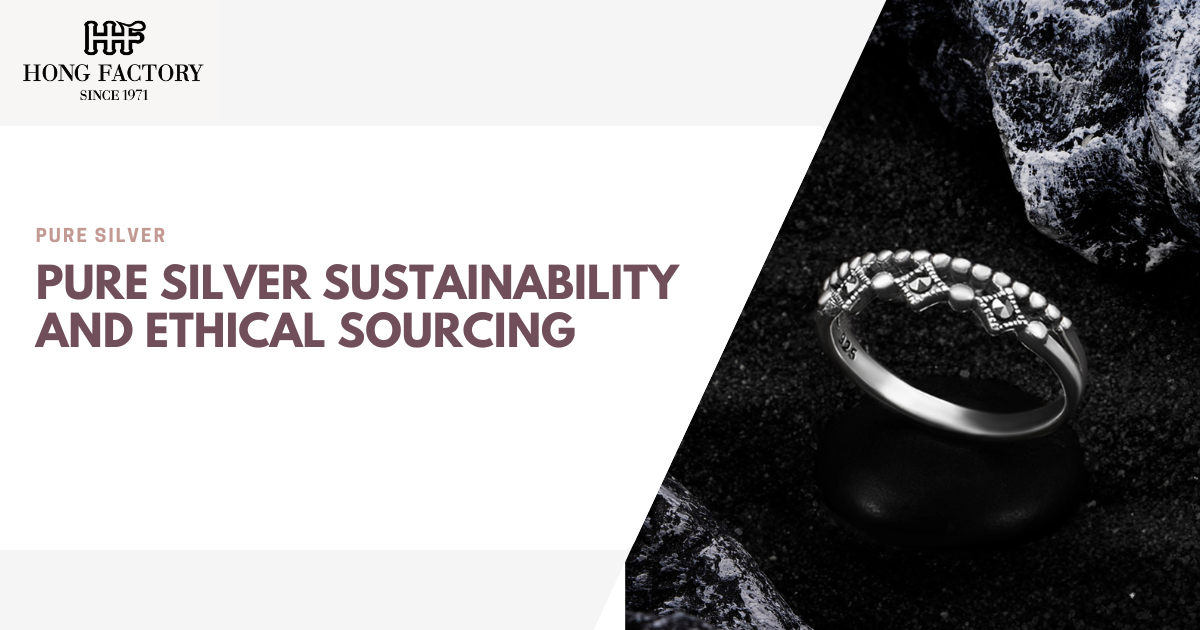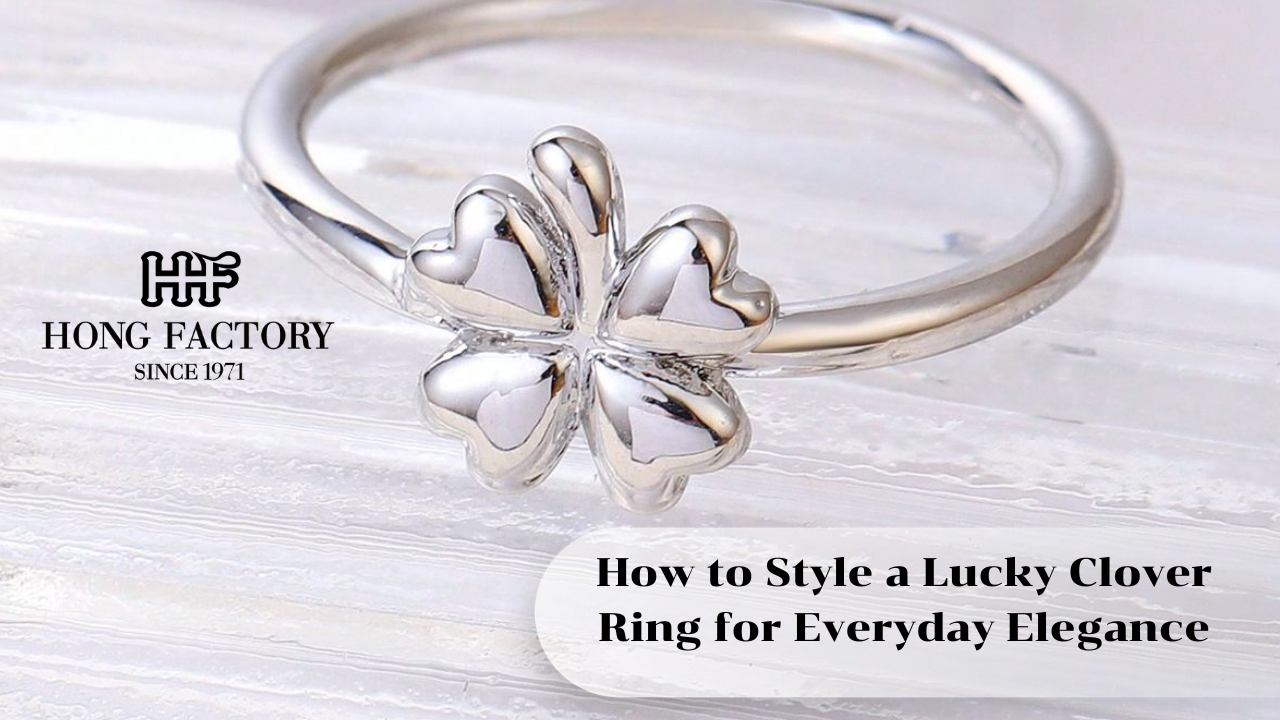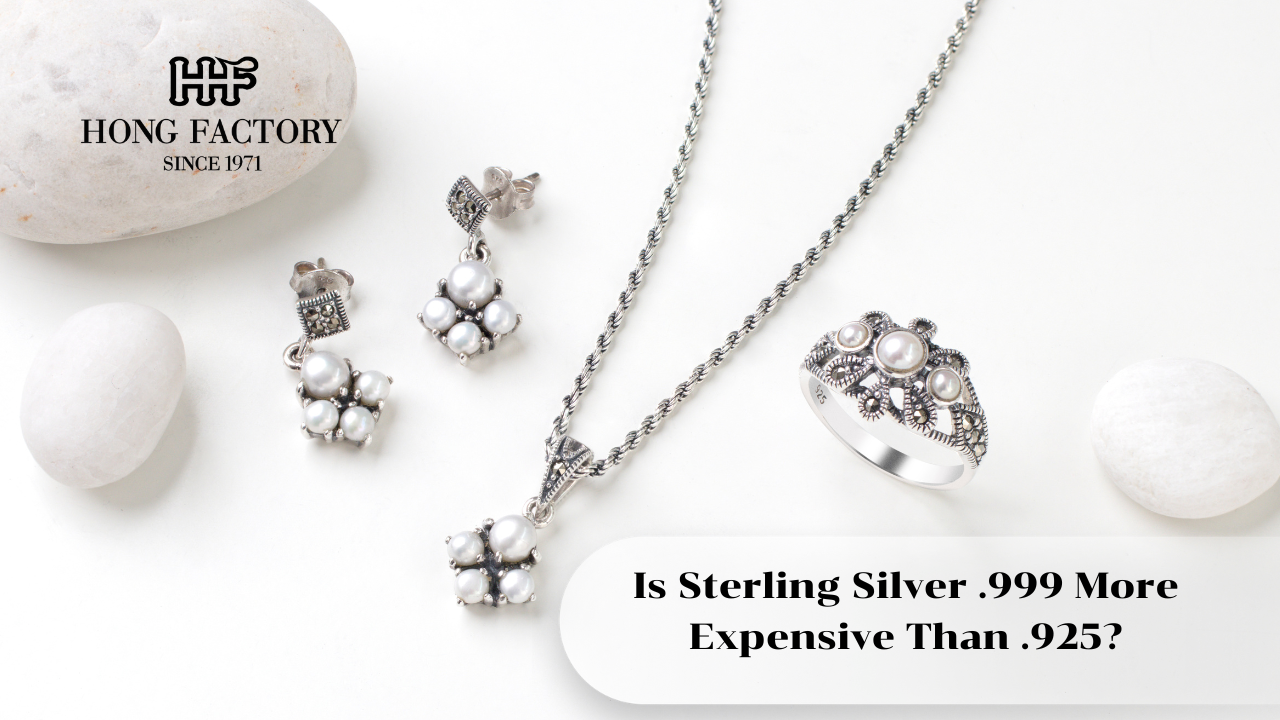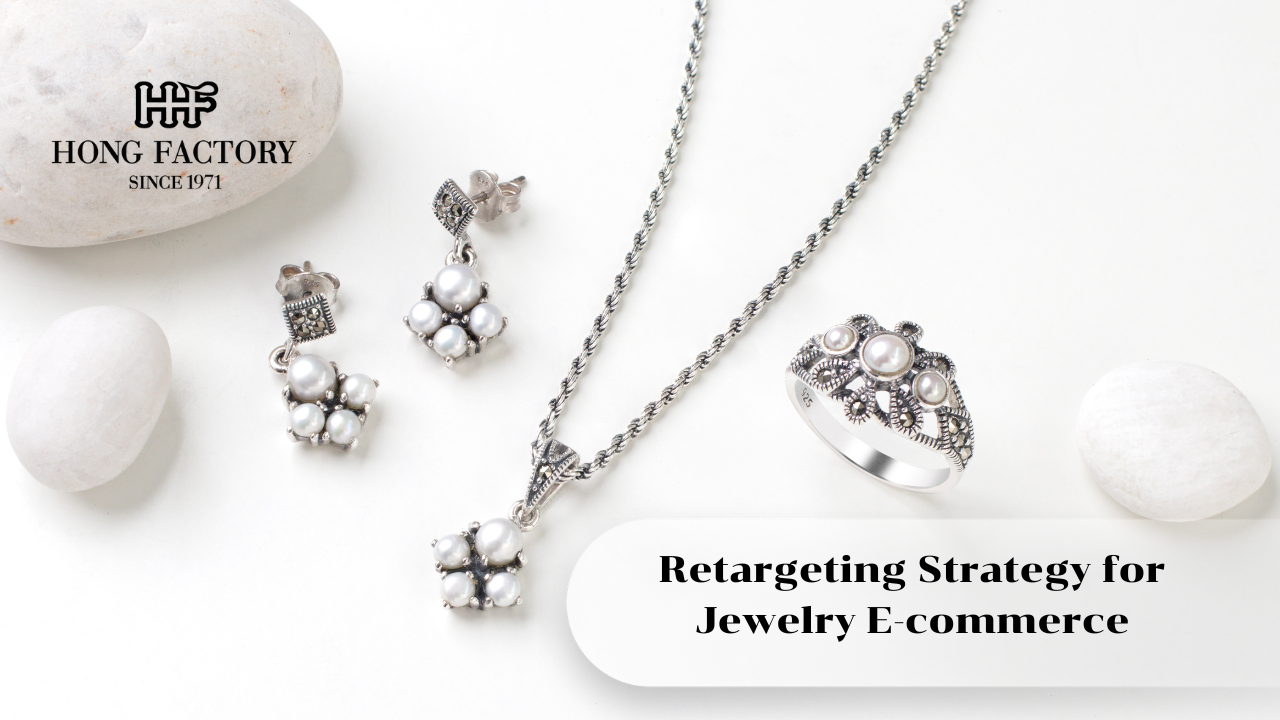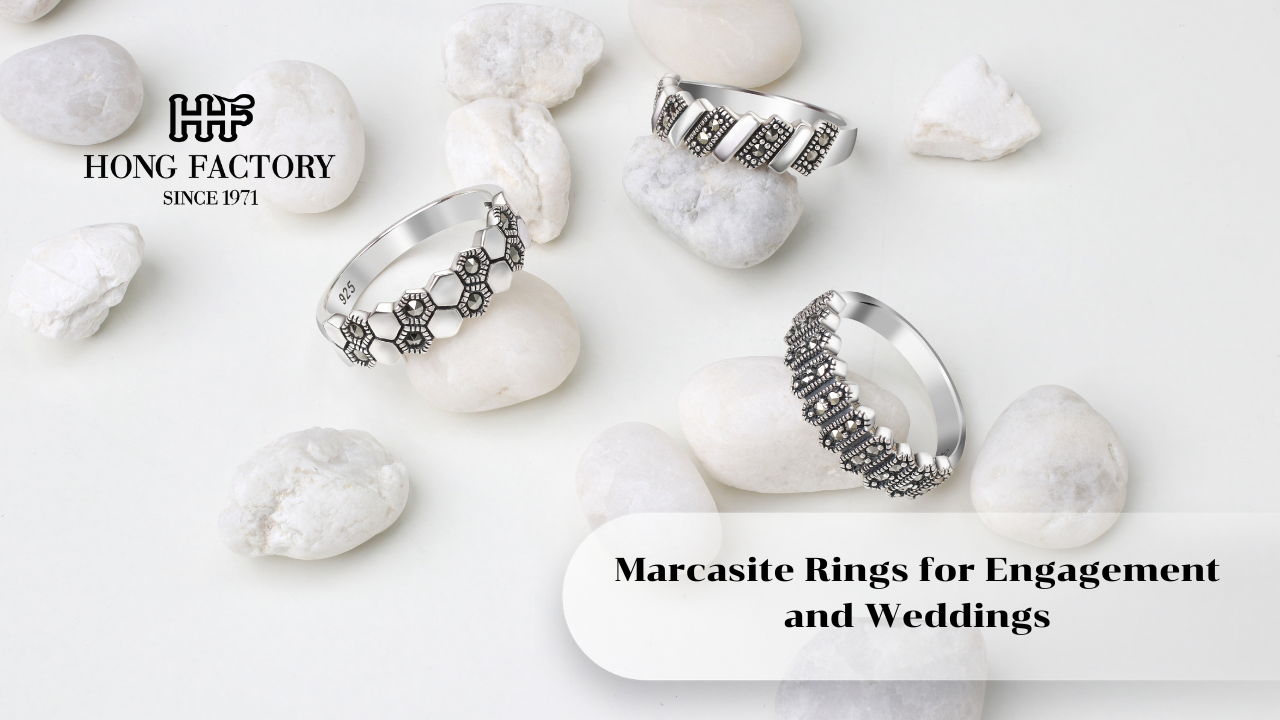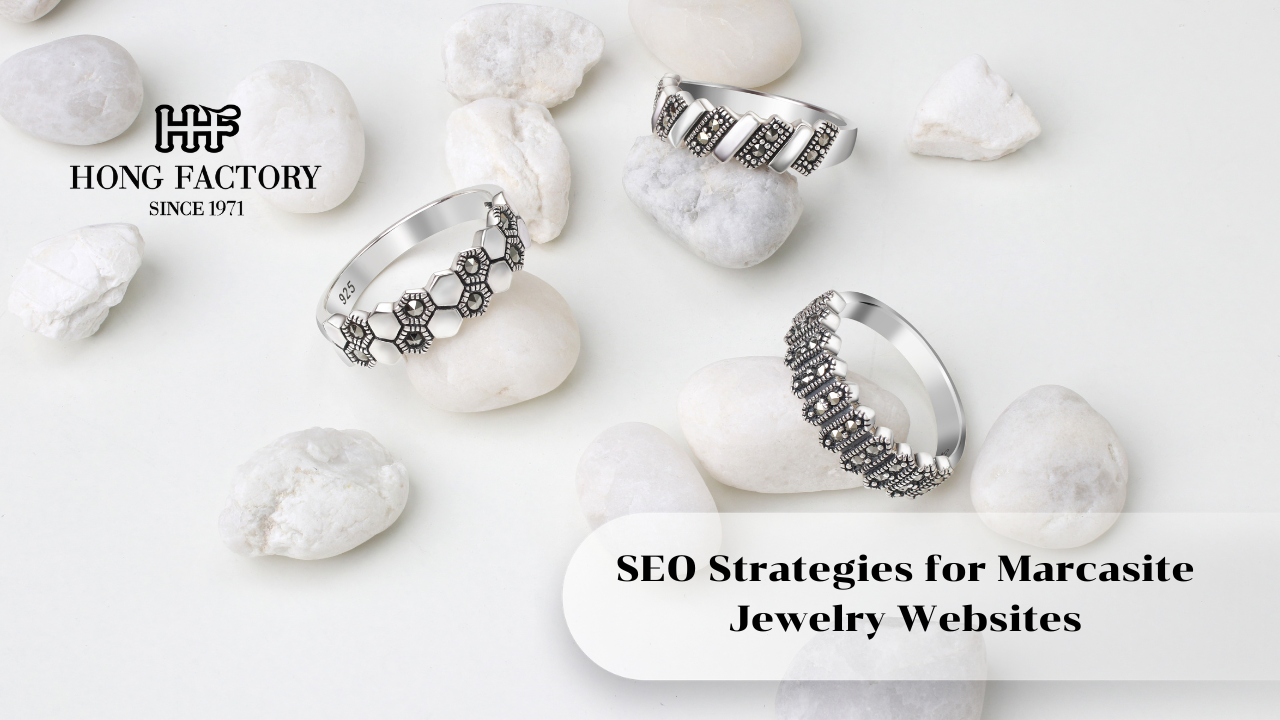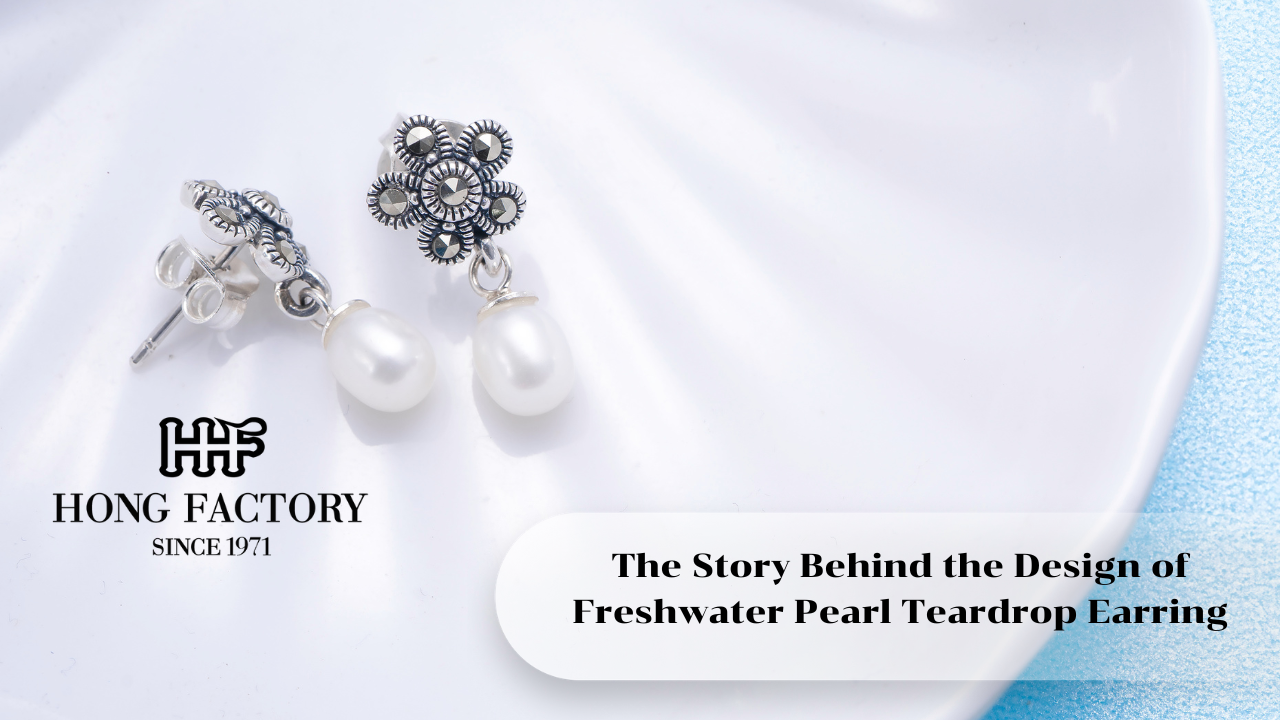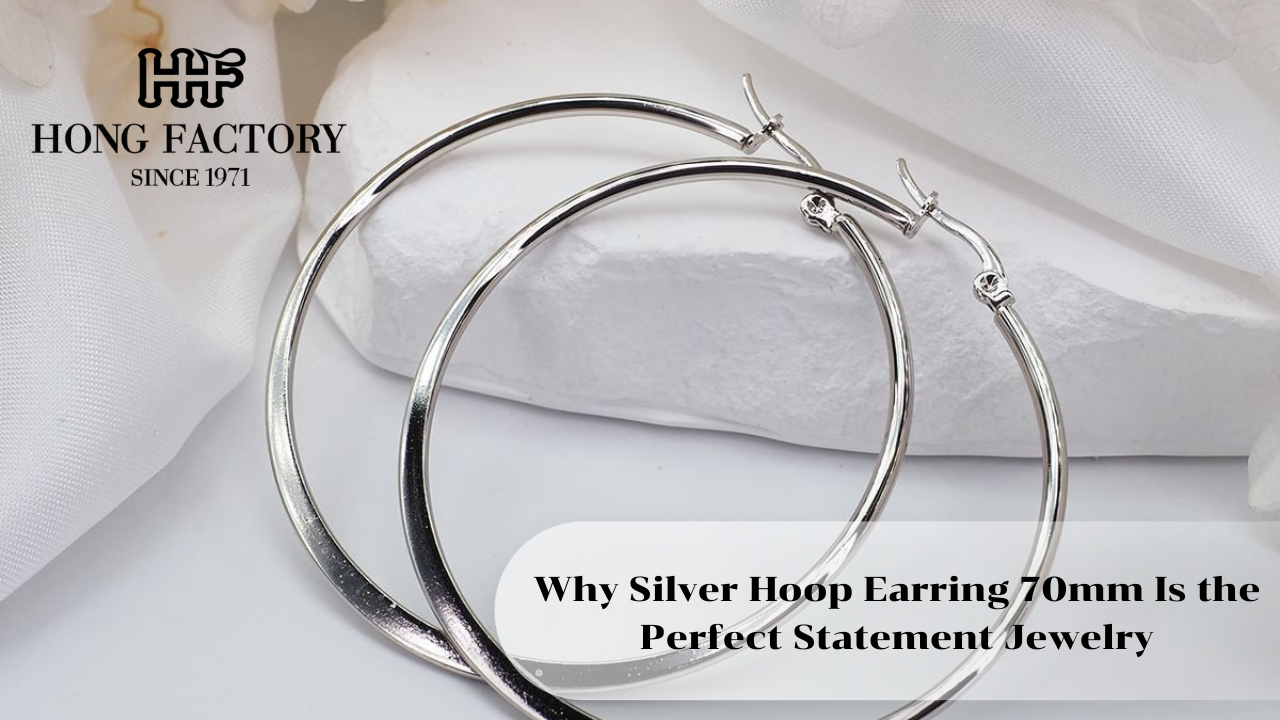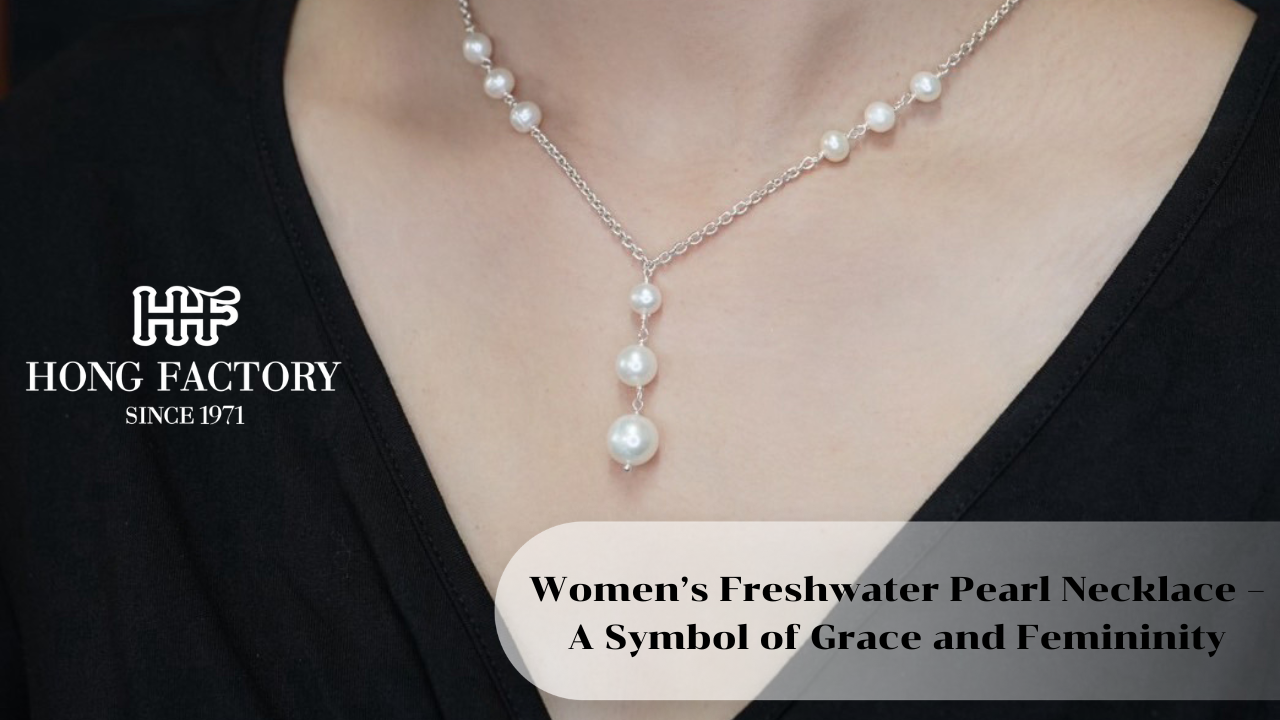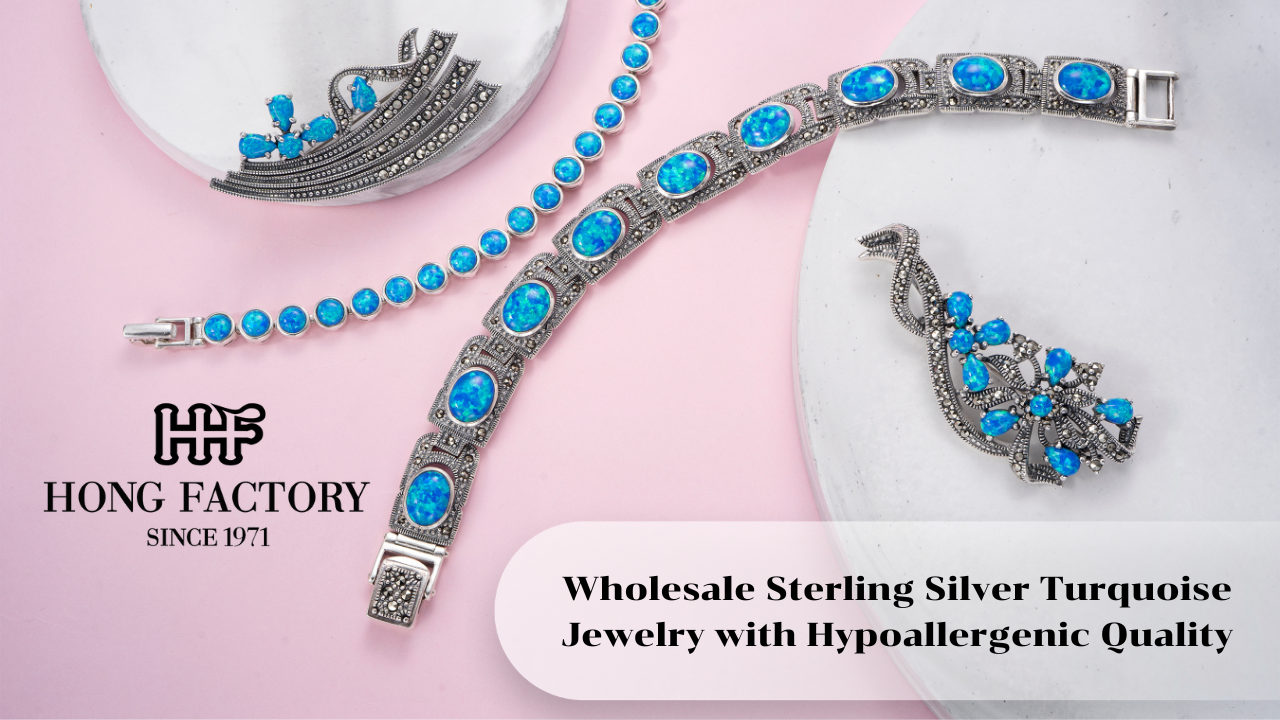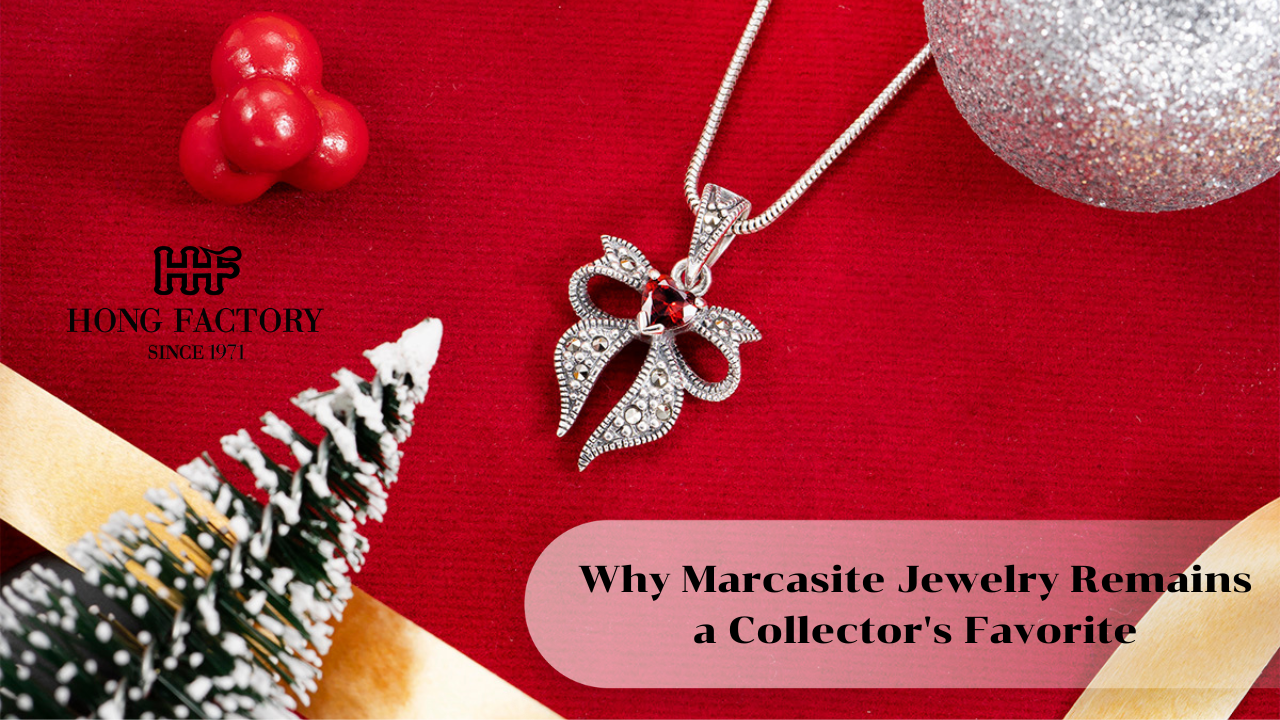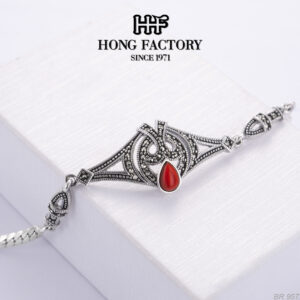
Pure silver has long been admired not only for its beauty and value but also for its role in sustainable and ethical practices. With growing awareness of environmental and social responsibility, jewelry buyers are increasingly considering how their precious metals are sourced. Pure silver stands out as a material that can be recycled, reused, and responsibly mined, making it a sustainable option in today’s market. This article explores the sustainability and ethical sourcing of pure silver, and why it matters for both consumers and the jewelry industry. marcasite
What is Pure Silver?
Pure silver, also known as fine silver, is composed of 99.9% silver with only trace elements. Its defining qualities include:
- A bright, natural white shine
- Hypoallergenic and skin-friendly properties
- High malleability for artistic craftsmanship
- Prestige as one of the purest precious metals
These qualities make pure silver desirable in jewelry and collectibles, while also supporting its recyclability and eco-friendly nature.
Pure Silver Sustainability and Ethical Sourcing
Pure silver perception
When people hear Pure silver, they often focus on its brilliance and value, but it is also important to consider where it comes from. Sustainable and ethical sourcing ensures that pure silver does not contribute to environmental harm or exploitative labor practices. Ethical silver means:
- Mined with respect for ecosystems
- Produced without unfair labor practices
- Often recycled or repurposed to minimize new mining
This approach enhances silver’s value in both environmental and ethical terms.
Environmental Benefits of Pure Silver
One of the reasons pure silver is considered sustainable is because it is infinitely recyclable. Benefits include:
- Reduced Mining Impact: Recycled silver reduces the need for destructive mining.
- Energy Efficiency: Repurposing silver uses less energy than mining new material.
- Longevity: Pure silver items can last for decades, reducing waste.
These factors make pure silver a greener choice compared to disposable fashion jewelry.
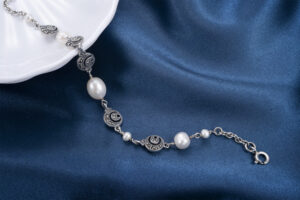
Ethical Sourcing Practices
Sourcing pure silver ethically ensures fairness and sustainability. Key practices include:
- Fair Trade Standards: Supporting miners with fair wages and safe working conditions.
- Responsible Mining: Minimizing environmental damage and restoring land post-mining.
- Certified Supply Chains: Working with suppliers who trace the origin of silver responsibly.
Consumers increasingly demand transparency in how their jewelry is made, which drives the industry toward better practices.
Pure Silver in the Circular Economy
Pure silver plays a vital role in the circular economy because it can be reused without losing quality. Jewelry brands are increasingly:
- Using recycled silver in new designs
- Encouraging customers to recycle old pieces
- Partnering with ethical refiners for sustainable sourcing
This closed-loop system reduces environmental impact and preserves natural resources.
Consumer Awareness and Responsibility
Buyers can contribute to ethical silver practices by:
- Choosing brands that disclose sourcing information
- Supporting jewelers that use recycled or certified silver
- Avoiding fast-fashion jewelry that generates waste
Informed choices empower consumers to make a positive impact through their purchases.
Benefits of Ethical Pure Silver
Opting for ethically sourced pure silver offers multiple benefits:
- Peace of mind knowing jewelry is responsibly made
- Support for fair labor practices
- Reduced environmental harm
- Long-lasting jewelry that retains intrinsic value
These benefits make pure silver a symbol of both beauty and responsibility.
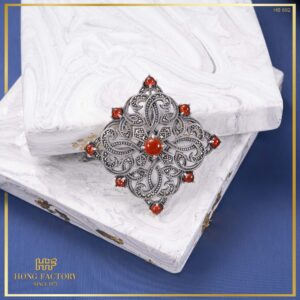
Pros and Cons of Sustainable Silver
Pros:
- Environmentally friendly and recyclable
- Encourages ethical labor standards
- Increasing consumer demand
- Long-term value and authenticity
Cons:
- Higher costs for certified ethical silver
- Limited availability in some markets
- Requires consumer education to understand sourcing practices
The sustainability and ethical sourcing of Pure silver highlight its role as a responsible choice in modern jewelry. Its recyclability, longevity, and fair-trade potential make it more than just a precious metal it becomes a statement of values. By supporting sustainable and ethically sourced pure silver, consumers not only enjoy timeless beauty but also contribute to a more responsible and fair jewelry industry.

